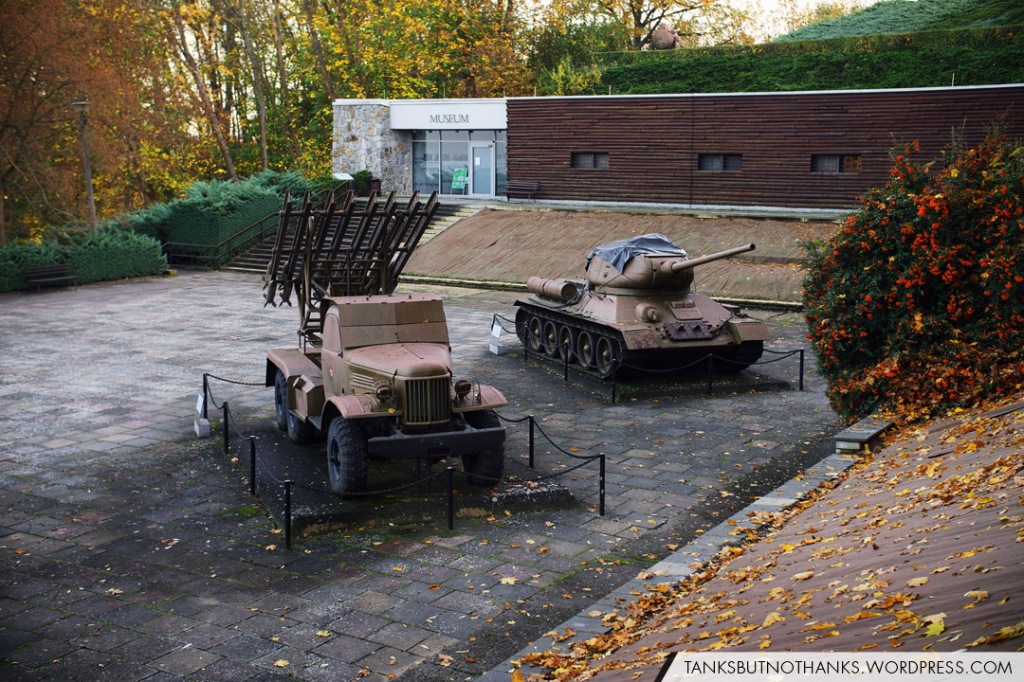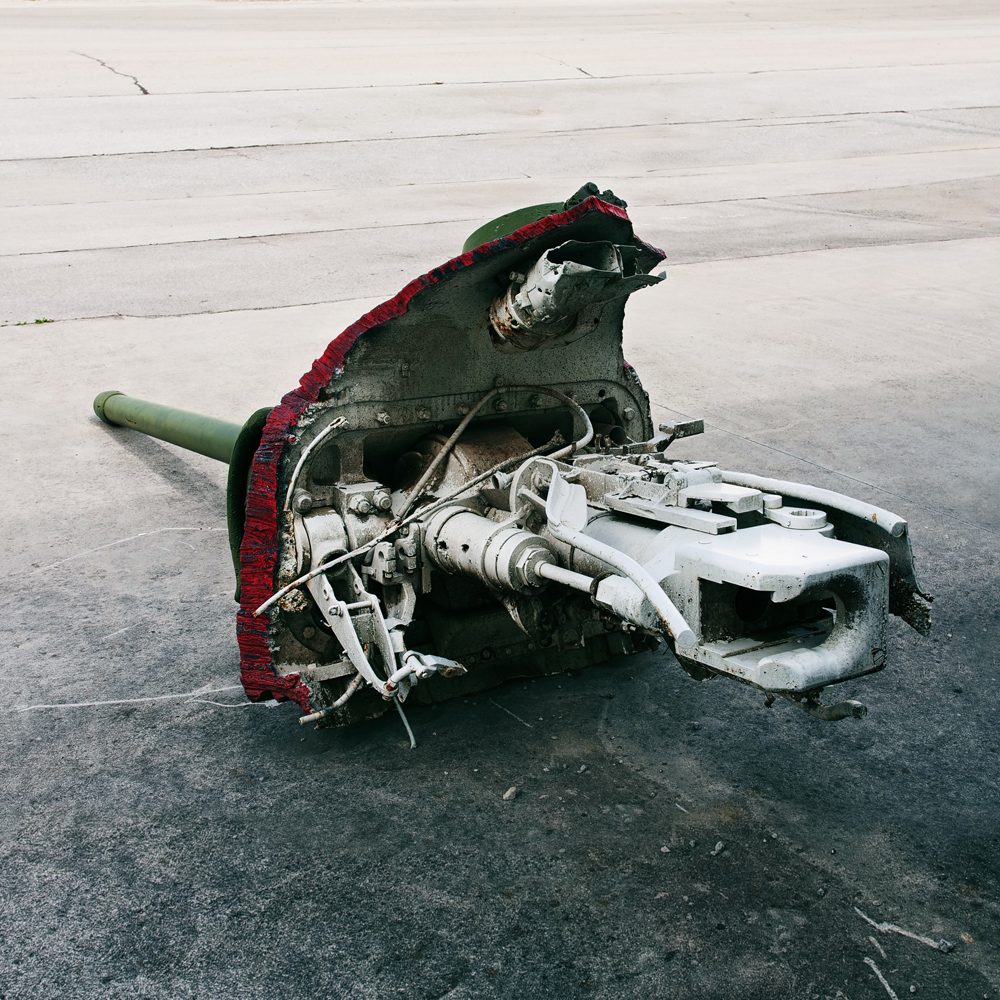Type: Self-Propelled Artillery
Nation: Soviet Union
Period: World War 2
Location: Gedenkstätte Seelower Höhen, Seelow, Germany

Just in time
The BM-13 first was first produced in May 1941. Just around forty units had been built when the Germans invaded the Soviet Union the following month, but by the end of the war it would be around 10,000 – including numerous variations with 82 mm, 132 mm and 300 mm rockets on a wide variety of chassis, for example the American Lend-Lease supplied Studebaker US6 6×6 truck. “BM” stood for “boyevaya mashina” (= combat vehicle), “13” for the 132 mm M-13 rockets and “16” for the launcher rack with two rows of eight rockets.

Secret weapon
The M-13 rockets, which had originally been designed to be carried by airplanes, had a range of up to 8.5 kilometres and would be fired in quick succession before the launcher vehicles relocated to avoid counter-battery fire – very similar to the modern TOS-1 Buratino and its western counterpart M270/MLRS, both of which are running on tracks. Recognising their new weapon’s significance, the Soviets initially kept the rocket launchers top secret and only assigned them to special NKVD units called “Guards Mortar Batteries”. The official designation “BM-13” was classified all throughout the war. Because of the rockets’ distinctive howling sound, the Soviet soldiers used to call all types of truck-mounted launchers “Katyusha” – which was the title of a popular contemporary song. The Germans, who were terrified of the massed rocket bombardments, came up with another nickname: “Stalinorgel” (= Stalin’s organ).

Contested high ground
This particular vehicle is located right outside the Gedenkstätte Seelower Höhen, accompanied by a T-34/85 and several towed guns. The museum is centered around the Battle of the Seelow Heights (16–19 April 1945), the final Soviet offensive which led to the encirclement of Berlin, the defeat of Nazi Germany and the end of the Second World War in the European theatre. However, the Katyusha on display was not participating in this battle – its base vehicle is a Soviet post-war ZIL-157 6×6 truck. Katyusha-type vehicles like the BM-21 Grad remain in service in many countries to this day.

